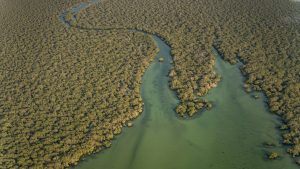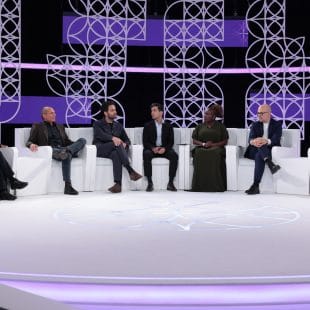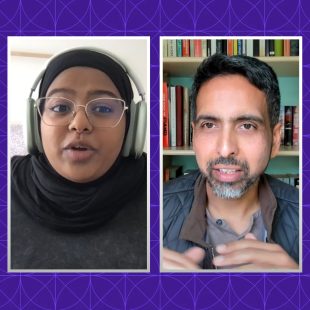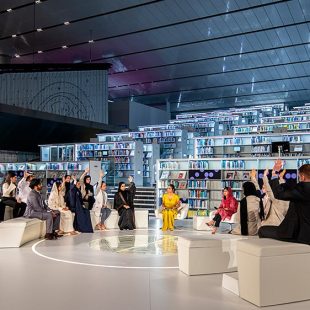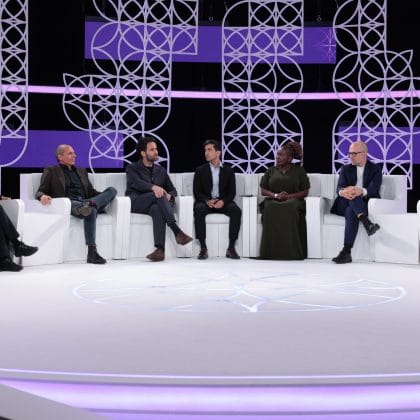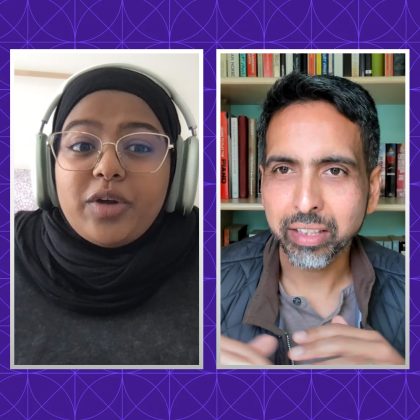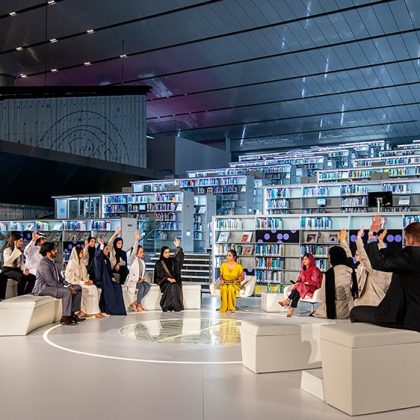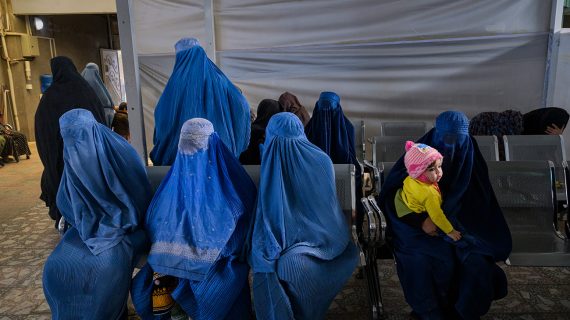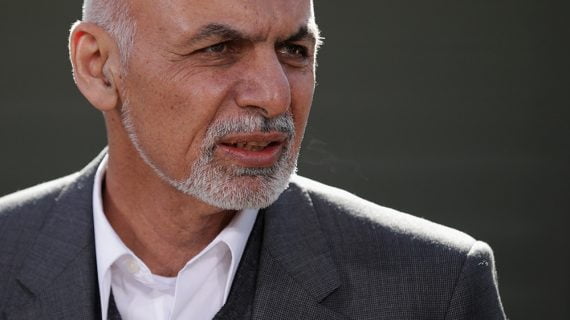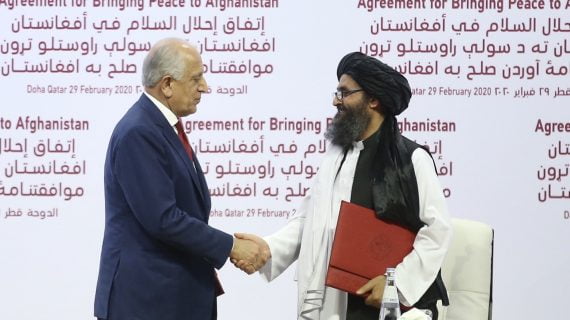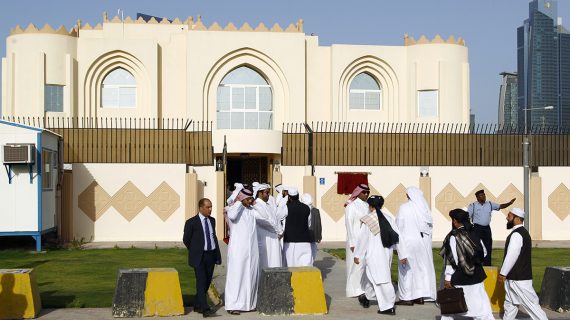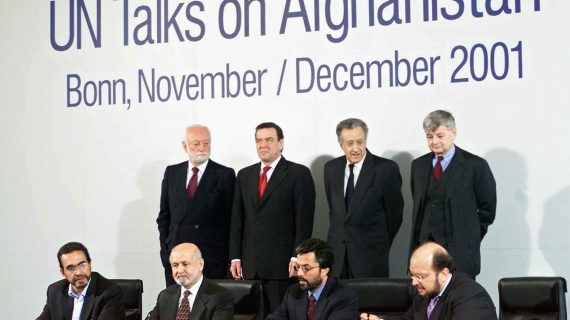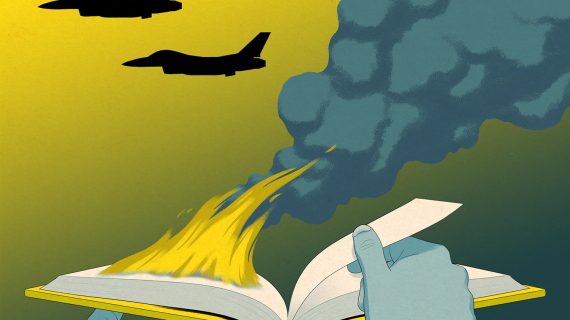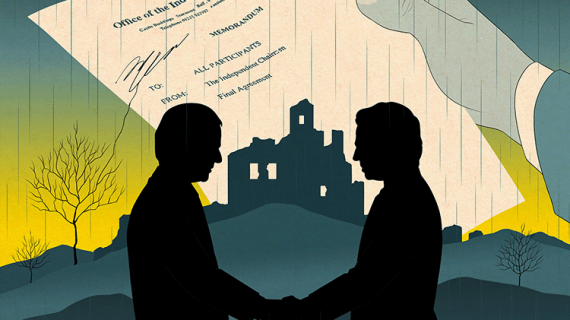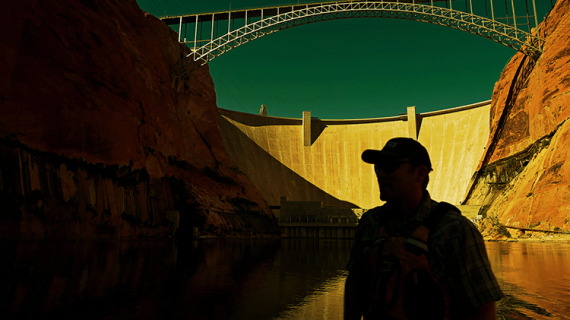Negotiating peace in one of the world’s most militarized regions
We spoke with conflict negotiator Tahir Aziz on peacemaking and water scarcity in Kashmir.

This interview was conducted and published in September 2019. It was updated in March 2024 and has been edited for length and clarity.
Is peace in Kashmir possible?
India’s government made international headlines in 2019 when it ended the state of Jammu and Kashmir’s autonomy to set its own laws, a decision made without consultation with Kashmiri local authorities or the international community. Although the states’ autonomy was previously guaranteed by the constitution, in December 2023, India’s supreme court ruled that the government had acted lawfully four years earlier. The controversial move heightened tensions in an already volatile region. Even in 2024, Kashmir remains one of the most heavily militarized zones in the world, as India and Pakistan, two countries with nuclear weapons, have pursued rival claims and the local civilian population has sought to promote its own interests.
Kashmir is a Muslim-majority territory that straddles northern India, Pakistan and China. India administers the region called Jammu and Kashmir; Pakistan administers Azad Kashmir and Gilgit-Baltistan; China administers Aksai Chin (an area made up of mostly desert). During the partition of India, when Pakistan was created, the two countries each sought to incorporate Kashmir. The UN mission sent to mediate insisted that a referendum take place to ascertain the wishes of the Kashmiris. The referendum never took place, and Pakistan and India have fought two wars over the territory in 1965 and 1999.
Helping us further break down the history of this conflict, understand how water scarcity can exacerbate tensions, and share insights on how potential peace can be reached is Tahir Aziz, South Asia program director at Conciliation Resources. He’s been leading the international peace-building organization’s work on Kashmir since 2010. The program works to facilitate greater participation of communities on both sides in peace processes to complement efforts at the governmental level. CR supports collaborative initiatives around trade, tourism, disaster management and economic development—understanding that peace is not a standalone political process—and puts special focus on creating space for the inclusion of those who are marginalized, such as women, displaced people, ex-combatants and youth.
Q: Why are India and Pakistan fighting over Kashmir?
Tahir Aziz: With the passage of time, the India-Pakistan fight over Kashmir has become highly complex, involving a host of issues from contested claims over land and water resources to contested ethno-religious and nationalistic narratives/stories that claim the loyalty of Kashmiri people.
The genesis of the India-Pakistan conflict over Kashmir can be traced back to the 1947 partition of the subcontinent, when the respective nationhood ideologies of the two countries saw the princely state of Jammu and Kashmir from diametrically opposed angles, yet fundamentally important for their existence.
Since their inception, India and Pakistan have viewed Kashmir as being core to their political and national ideologies: “jewel in the crown” for India, and “jugular vein” for Pakistan. India considers Kashmir “integral” to it: As the only Muslim-majority state within the Indian union, it gives credence to India’s secular credentials. Pakistan, on the other hand, considers itself incomplete without Kashmir, which represents the “unfinished agenda of the partition”—the plan that divided the subcontinent into India and Pakistan on religious grounds.
Q: How does water exacerbate the Kashmir conflict?
Aziz: Water originating from Kashmir is an important resource for both countries: Pakistan’s agriculture is mainly dependent on this water, and India, with growing energy needs, seeks to harness Kashmir’s waters for power generation. India and Pakistan signed the Indus Water Treaty way back in 1960, which distributed the six rivers between them, giving each country rights to use water from three of these rivers on their respective sides.
This treaty has by and large been intact but has also faced increased pressure from hard-line actors in both countries, with extremist political and religious ideologies and agendas in relation to the other country. Such groups fear water scarcity on their side and have differing interpretations of the permissive and restrictive clauses of the IWT that deal with each country’s rights on the three western rivers—Sindh (Indus), Jhelum and Chenab—that originate from the Indian side and flow into the Pakistani side.
India is allowed run of the river projects on two of these rivers, Jhelum and Chenab, and is building a number of hydropower reservoirs. This is causing serious concerns and apprehensions in Pakistan of a permanent threat of major damage from India over time. If India chooses to use storage capacity to control the flow of water to Pakistan, especially during the critical low-flow period, there would be substantial reductions on water availability in Pakistan during the critical planting season. Besides, India has more than once threatened to use water as a weapon, unless Pakistan stops “meddling” in Kashmir.
Having said this, the Kashmir dispute can be described as a fundamentally identity-based conflict that has defied a solution for the past seven decades: There’s a deep-seated sense of loss of dignity amongst Kashmiris. In addition to the competing ideologies and claims over the region, a long aspiration of the people, particularly from the Kashmir Valley, for recognition and expression of their identity has been a major factor that sustains this conflict.
Another complicating factor is that the inhabitants of the erstwhile state of Jammu and Kashmir on both sides of the Line of Control do not represent a unity and are divided along religious, ethnic, regional and ideological lines. The spectrum of this division on the political scale spreads between a palpable sentiment of Azadi (“complete independence”) as well as joining Pakistan through exercising a right to self-determination in the Muslim-dominated areas and an equally strong sentiment of belonging to the Union of India in Hindu and Buddhist-dominated areas.
Q: Has there been anything similar like this in history, where two regions are fighting over land and water that we could pull lessons from?
Aziz: Thankfully we haven’t seen water wars in the world yet, but there are many instances of small-scale conflicts over access and sharing of water. The Middle East and Central Asia are examples of water-stressed regions where use of technology in water management and conservation has prevented conflict aggravation to some degree.
The Nile Basin Initiative that brought Egypt, Ethiopia and Sudan to a negotiating space is an example that we can draw lessons from. Eleven countries that benefit from the Nile River started having complaints against each other as their population and need for electricity and fresh water grew in the last decade. Egypt even threatened Ethiopia with the use of military force when Ethiopia started constructing the 6000MW Grand Ethiopian Renaissance dam on one of the tributaries of the Nile. However, a World Bank-, United States- and EU-mediated process seems to have brought the affected countries closer to a broader agreement for a joint mechanism of cooperation over the use of Nile’s water.
Q: When India changed Kashmir’s status in 2019, did it lead to a political stalemate?
Aziz: A great deal of sincere and inclusive efforts for a peaceful change in Kashmir have been made by courageous and dedicated individuals and groups over the past decade, which have the promise of transforming the situation in the region over time. These efforts have brought people together across religious and regional divides, as well as across the Line of Control to create frameworks of shared future based on pluralistic ideas of respecting and celebrating the rich diversity of culture of the Jammu and Kashmir region, as well as respecting and protecting the interests of India and Pakistan. Without forcing people to submit to a singular political aspiration, these initiatives have enabled people to visualize realistic and interdependent possibilities of a shared future.
A large number of people from business community, educational institutions, civil society groups and youth groups across regional and religious divides as well as from different political persuasions have demonstrated a strong collective desire of transforming the Line of Control into a line of commerce and collaboration. This spirit could very well be revived and can be an invaluable asset for rebuilding a peace process—it would be antithetical to peace if the bridges that have been built between various communities in the region aren’t sustained and are made vulnerable to disintegration. Without changing the paradigm in/on Kashmir that enables investment in a long-term peace process and makes substantial changes into the lives of the affected people, we will only be dealing with the symptoms of this conflict.
Q: What can peacebuilders like yourself urge for, and what are your biggest obstacles?
Aziz: The current obstacles for peacebuilders are of access to people on the ground who can play a crucial role in diffusing the situation and in preventing the potential violence and loss of life. In other words, the challenge is to reinvigorate hope by restoring local architecture to enable engagement with the current political realities through peaceful means, and dialogue efforts to create new possibilities for a shared future that is capable of addressing core issues of all concerned.
Notwithstanding enormous challenges, peacebuilders must convey the message with conviction that a peaceful resolution of the Kashmir issue is possible. We saw this happening in Northern Ireland in 1998, Nepal in 2006, and Colombia in 2016, protracted conflicts that have seen the signing of agreements and the slow and painstaking process to implement these, notwithstanding setbacks. New Delhi and Islamabad stand to benefit from re-engaging in a meaningful and pragmatic problem-solving negotiation process. It would be equally important to allow Kashmiris to partner in this pursuit of peace.
The Negotiators



